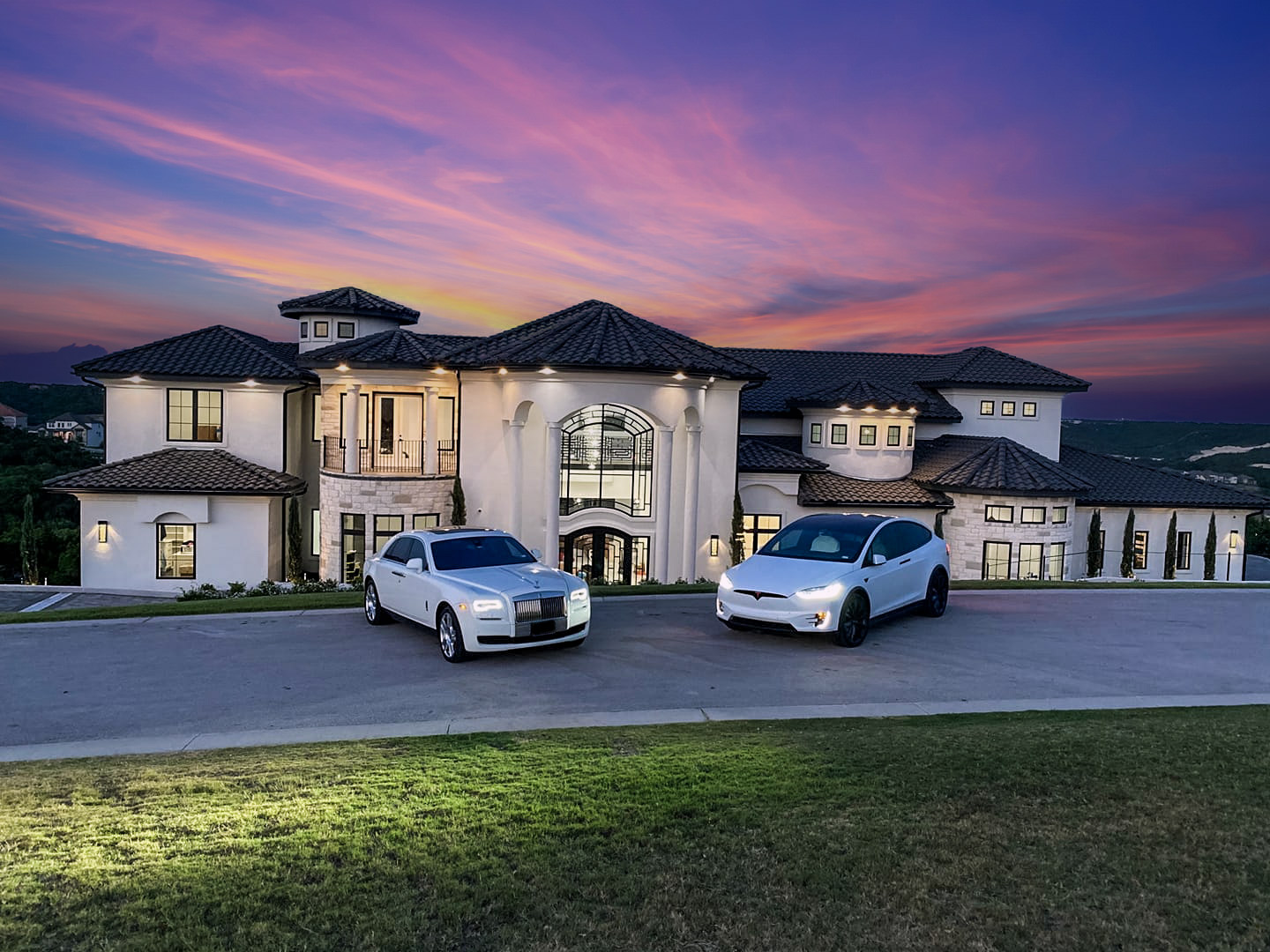
In Austin custom home building, some questions from clients during the first meeting for new home construction involve cost per square foot. The topic is a little bit complicated, so it deserves some explanation to be well understood. Here we will talk about the most important details related to the definition of building size, living area, and covered area distinctions.
Traditionally, realtors, appraisers, inspectors, taxing authorities, and buyers have focused on the property’s value as a price per square foot of living area. Measurements were taken of the home’s exterior, and areas like the garage and front porch were deducted to arrive at the “living area.” While current calculations are more precise, they still measure essentially the same concept.
One of the earliest topics in our initial meetings with clients is the cost per square foot of new home. Discussing this helps align the wish list and desired features with cost considerations within the living area. This relationship between the living area and the final building size often enlightens our new customers.
Understanding Living Area vs. Covered Area
Many people assume that 5,000 square feet is simply 5,000 square feet. However, if one plan includes more garage bays, a large covered front porch, and an award-winning outdoor living area, the covered area—or building size—will be larger. In some cases, this additional footage costs the builder more dollars per square foot to construct than traditional living spaces like bedrooms or family rooms.
If one plan includes:
- More garage bays
- A big covered front porch
- An award-winning outdoor living area
- The covered area, or building size, will be larger.
In some cases, this additional footage costs the builder more dollars per square foot to construct than standard living areas. Higher-cost features of the home may include:
- Wood ceiling
- Exterior columns
- Flagstone flooring
- Weatherproof light fixtures
- Ceiling fans
- Outdoor kitchens
- Audio-visual equipment
When determining the cost per square foot of a 5,000-square-foot home, none of these areas count towards the analysis of the living area cost per square foot.
Understanding the Intricacies of Cost Relationships in Building
Understanding this relationship between the living area and the covered area does not generally alter the new home design. However, it helps clients understand the cost of their new home as it comes together right before their eyes.
- Many people express interest in downsizing when demographics change.
- For example, empty nesters might require only 3,000 to 3,500 square feet for their next home but still want:
- A three-car garage
- An oversized outdoor living area
These costs now have to be spread over fewer living area square footage. The bottom line is that smaller homes often cost more per square foot to build than larger ones due to the fixed costs being divided among less square footage, including:
- Driveway
- Garage
- Land
- Covered porches and patios
- Landscaping
Factors Affecting Development Cost For New Home
Many other considerations will drive costs and impact the price-per-square-foot discussion. One such consideration is what builders refer to as development costs. These costs specifically compare building a new custom home on one site versus another.
Key Variables Impacting Costs
- Soil conditions
- Topography
- Vegetation
- Utility location and availability
- City and community requirements
For example, a flat lot with average trees, no fill, and availability of sewer, water, power, and cable TV will generally result in the lowest construction cost. Moving away from these optimal conditions can increase building costs, even without adding additional footage or features.
The Impact of Topography on Home Design and Construction
Topography is another major issue. While sloping lots on hillsides often provide panoramic views, they generally cost more to develop.
Affected Costs Include:
- Foundation
- Exterior masonry
- Utilities
- Landscaping
- Pools
- Driveways
- Retaining walls
- Excavation
Custom home Realtors should always retain a professional builder to discuss the client’s land purchase before closing.
Construction Features and Cost Analysis For New Home
Other construction features also impact the cost of building a new home. For instance, consider an ideal square measuring 10 feet on each side, totaling 100 square feet. In contrast, a rectangle measuring 50 feet on one side and just 2 feet on the other also covers 100 square feet, but it requires constructing 104 linear feet of exterior walls compared to 40 linear feet for the square. For example, consider:
- An ideal square measuring 10 feet on each side, covering 100 square feet.
- A rectangle measuring 50 feet by 2 feet, also covering 100 square feet.
To construct the first 100 square feet of space, you need 40 linear feet of exterior wall space (framing, drywall, insulation, etc.). To construct the second 100 square feet, you need 104 linear feet. This example highlights that building 40 feet of walls cannot be equated to building 104 feet.
One-Story vs. Two-Story Homes: Which Design is Right for You?
Finally, two-story homes are generally less costly to assemble than one-story homes. Building upward saves on foundation and roofing costs, as well as reducing the amount of lumber, electrical wiring, heating and air ducts, and plumbing needed. However, comparing a one-story, 3,000 square foot home to a two-story home does not yield a straightforward “price per square foot” comparison.
Benefits of Two-Story Homes:
- Savings on foundation and roof costs
- Fewer lumber pieces
- Shorter electrical wires, heating and air ducts, plumbing pipes, etc.
Conclusion
Given the complexities discussed, it is challenging to provide a precise “price per square foot” for a new home in Greater Austin without considering all relevant factors. Elements such as the home’s location, size, design, outdoor living features, and finish-out selections will all impact costs.
As seasoned custom home builders with over 44 years of experience, ZH Custom Homes understands the intricacies involved in determining the cost per square foot of a new home. Every project is unique, in its pricing structure.
If you have additional questions or need more information regarding your custom home project in the Austin area, we are here to help. Contact us today to discuss your vision and explore the possibilities of building your luxury custom home.
Have Questions?
If you have additional questions concerning your custom home project in the Austin area, we are here for you. Contact us today to discuss your vision and explore the possibilities of building your luxury custom home.

